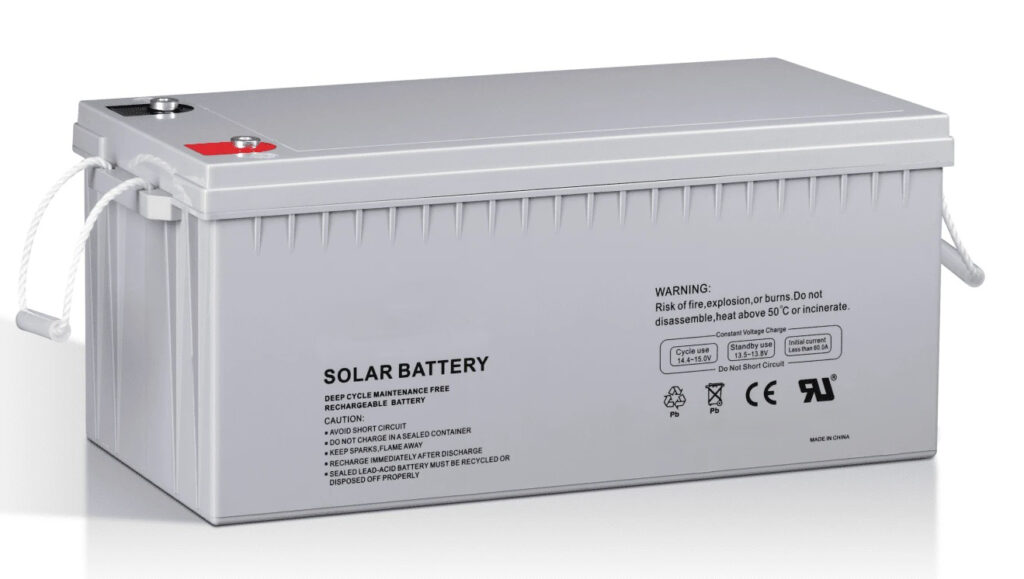The performance of lead-acid batteries can be influenced by several factors. These factors can affect various aspects of the battery’s performance, including capacity, lifespan, charging efficiency, and overall reliability.
- Temperature: Temperature significantly affects the performance of lead-acid batteries. High temperatures can accelerate chemical reactions within the battery, leading to increased self-discharge rates and decreased lifespan. On the other hand, low temperatures can reduce the battery’s capacity and increase its internal resistance, limiting its ability to deliver power.
- Depth of Discharge (DOD): Lead-acid batteries perform better when operated within a certain depth of discharge range. Deep discharges (discharging the battery to a low level) can lead to sulfation and reduced cycle life, while shallow discharges (discharging only a small portion of the battery’s capacity) can minimize stress on the battery and prolong its lifespan.
- Charging Voltage and Current: Proper charging voltage and current levels are crucial for maintaining lead-acid battery performance. Overcharging can lead to electrolyte loss, water consumption, and thermal runaway, while undercharging can result in sulfation and reduced capacity. Following manufacturer recommendations for charging parameters is essential for optimal battery performance.
- Sulfation: Sulfation occurs when lead sulfate crystals form on the battery plates during discharge. Over time, these crystals can harden and reduce the battery’s active material, leading to decreased capacity and performance. Sulfation is accelerated by factors such as deep discharges, prolonged storage in a discharged state, and inadequate charging.
- Plate Thickness and Design: The thickness and design of the battery plates influence its capacity, power output, and overall performance. Thicker plates generally offer higher capacity and longer cycle life but may have lower power density. Grid alloy composition and plate construction also play a significant role in determining the battery’s performance characteristics.
- Electrolyte Composition: The composition and concentration of the electrolyte (sulfuric acid solution) affect the battery’s specific gravity, conductivity, and overall performance. Maintaining the correct electrolyte level and concentration is essential for optimal battery function.
- Cycle Life and Usage Patterns: Lead-acid batteries have a finite number of charge-discharge cycles before their capacity and performance degrade. Factors such as discharge rate, depth of discharge, and charging/discharging frequency can impact the battery’s cycle life and overall performance.
- Maintenance and Care: Regular maintenance and proper care are essential for maximizing lead-acid battery performance and longevity. This includes monitoring electrolyte levels, ensuring proper ventilation, avoiding overcharging and deep discharges, and periodic equalization charging to prevent sulfation and stratification.
By considering and managing these factors, users can optimize the performance and lifespan of lead-acid batteries in various applications, including automotive, industrial, and renewable energy systems.


